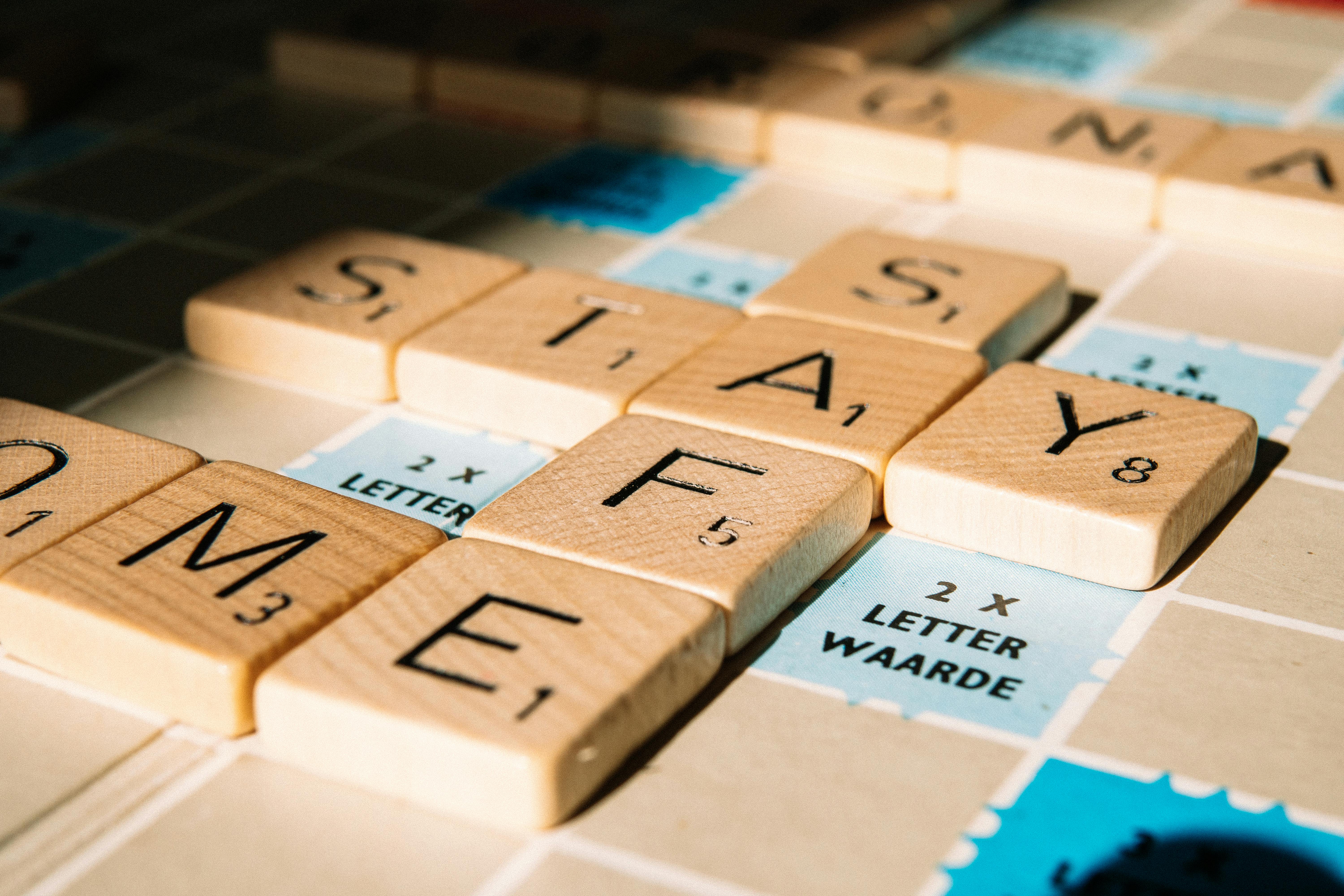
The true art of self defense
Very frowned upon by the most experienced martial artist is the idea and the complete fallacy that an exponent of martial arts is also an expert in self-defense. The self-defense environment in which he practices is nowhere near the type of environment in which he is likely to be attacked.
A trained martial artist may have the ability to remain calm and react effectively in some situations, but don’t make the mistake of thinking that he or she is an expert in self-defense. You probably aren’t. Of course, there are some systems that will equip you better than others in the event of an unprovoked physical encounter, but it’s nearly impossible to get a practice area or situation to compare to the real thing.
In this scenario, a young man is walking up a flight of stairs to his third floor apartment with his head down looking at his mobile phone duffel bag over his shoulder. It’s been a long day, he thought to himself. Suddenly, without warning, he is approached by two men, one armed with a knife. Give us your bag and your phone or I’ll cut you to pieces.
This scenario would induce strong feelings in any of us, adrenaline rush, faster heart rate, fear, etc. This highlights the common factor that unprovoked attacks like the one described have that in the real world there is no time for warm-ups, fights, or a baggy karate gi. The traditional dojo goes through endless repetitions of basic kata and kumite exercises (kihon waza) on wooden floors in a well-lit dojo.
However, this is not self defense. Because, without situational awareness training plus environmental considerations that may pose a potential threat to you or your loved ones, then you’re not fully practicing self-defense or self-protection, as it’s also known. Unfortunately, all of this cannot be replicated in the safe environment of the dojo, or all the different types of physical attacks that some people have also been subjected to.
Therefore, when training in your chosen martial art to ensure constant true preparation and strong alertness, try to gradually introduce situational conditions to closely replicate the types of attacks you face outside of the dojo environment or comfort zone.
For example, try to train outdoors if possible combining all the things that have been mentioned above. Put on a pair of skinny jeans or a skirt now, try to do a high round kick to the head of your opponents, isn’t that easy now? It’s also not practical and should never be attempted in a street confrontation anyway. Bring a little reality to your training. Training outdoors, especially in the rain or snow, can also help develop a means of understanding the environment and situational development, as well as the ability to apply your skills in not-so-normal conditions.
Once you or your students begin to understand situational considerations and solutions, your training will take on a whole new meaning. It is fine to do kata and its applications, but a real fight is a completely different matter. Remember, styles don’t win fights. Such changes can introduce learners to aspects of the training that they never realized existed or needed to know about. Continuing to train in the same way can lead to complacency and that could put you at risk. Do not forget that here we are talking about real self defense. Unrealistic training can give you a false sense of security and, as a result, put you in danger. What’s more, the dojo is not an alley in a city center, so balance is important and application of the many situations you may find yourself in to ensure maximum application of skill growth as a martial artist. .
Traditional martial arts have much to offer the individual looking to improve themselves in many different ways. It is full of history, energy and character. But you have to bridge the gap between training in the dojo and fighting in the real world. Otherwise, you will never learn the true art of self defense.
Stay safe.